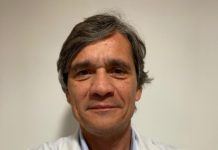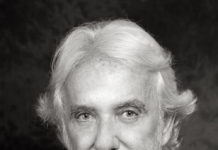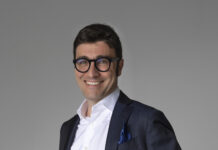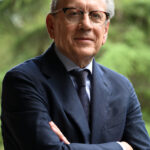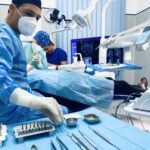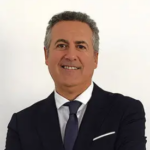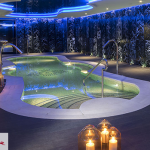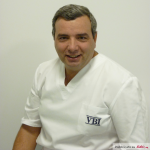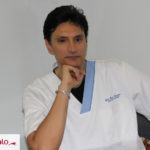Although ozone therapy has long been known in medicine, its application in dentistry today represents one of the most promising innovations in the field. Thanks to technological advances—particularly the use of ozonized water—this natural and non-invasive method is proving invaluable in a wide range of treatments: from tooth extractions to implantology, from cavity prevention to periodontal therapy, and even in improving dental and facial aesthetics. But what makes this technique truly effective? And why is it attracting international attention? In this interview, Dr. Giulio Papa, a pioneer in the use of ozone in dentistry, guides us through a therapeutic revolution capable of drastically reducing the need for drugs while improving patient well-being. This entirely Italian innovation is now setting a standard across Europe.
by Roberta Imbimbo

Dr. Papa, what does ozone therapy in dentistry involve?
Ozone therapy involves the use of ozone—a naturally occurring gas derived from oxygen, which we inhale in trace amounts daily—for therapeutic purposes. In dentistry, its action is based on three key properties: it is a potent antibacterial, antiviral, and antifungal agent; it stimulates tissue regeneration and enhances cellular oxygenation; and it has strong anti-inflammatory and analgesic effects. This makes it an exceptionally versatile tool, useful in oral surgery (such as extractions or implant procedures), cavity prevention, periodontal treatment, and even in enhancing dental and facial aesthetics.
What are the real benefits for patients?
The primary benefit, which I consider fundamental, is that it is a completely natural therapy. Ozone—either as a gas or, today, as ozonized water—does not trigger allergic reactions. This means it can be used on any patient: children, the elderly, or those with chronic conditions or allergies. It is safe, free of side effects, and has no limits on frequency of use. Moreover, it acts precisely, reducing post-treatment pain, inflammation, and swelling. Patients heal faster, experience less discomfort, and often avoid medications such as antibiotics or anti-inflammatories, which can have systemic side effects.
How have patients responded?
The response has always been overwhelmingly positive. In my clinical experience—over 15 years working with ozone therapy—patients consistently report satisfaction and trust. They feel calmer, less stressed, and more engaged in a treatment process they perceive as respectful of their body. International scientific literature increasingly supports these outcomes with solid, reproducible clinical data. In short, the therapy works and is well accepted.
And technologically, how has ozone therapy evolved?
Initially, ozone was used in its pure gas form—a method that was effective but had practical and management limitations. Through collaborations with biomedical companies, we made significant advancements: today, we use ozone dissolved in water, producing ultra-pure ozonized water. This form is extremely stable, safe, and free of contraindications. Ozonized water can be used without risk to the patient, representing the ultimate evolution of this technique and transforming dental practice, making treatments not only more effective but safer, simpler, and risk-free.
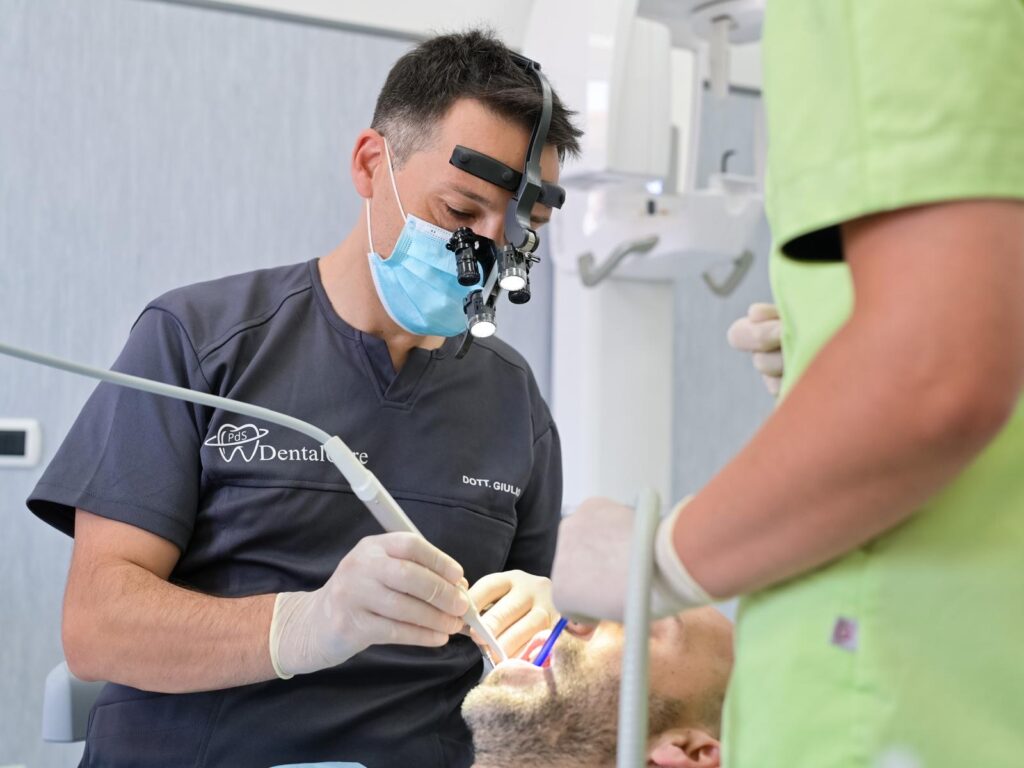
You have also developed a new surgical technique. Can you explain it?
“ONE SHOT” is an innovative surgical method I developed, based solely on the use of ozonized water in a single operative session. The concept is simple yet revolutionary: concentrate the treatment in one appointment, completely avoiding the use of drugs (antibiotics, corticosteroids, analgesics) thanks to the combined action of ozone and minimally invasive surgical protocols. The result is effective, rapid, painless treatment with significantly reduced healing times. This methodology perfectly fits modern dentistry, which increasingly demands efficiency, sustainability, and patient-centered care.
In conclusion, can ozone therapy change the face of dentistry?
Absolutely. It is a safe, natural, and well-validated method that places patient health at the center and aims to reduce the often excessive use of drugs. It is a quiet but profound revolution, opening the door to a new, natural, safer dentistry, personalized for every patient.












